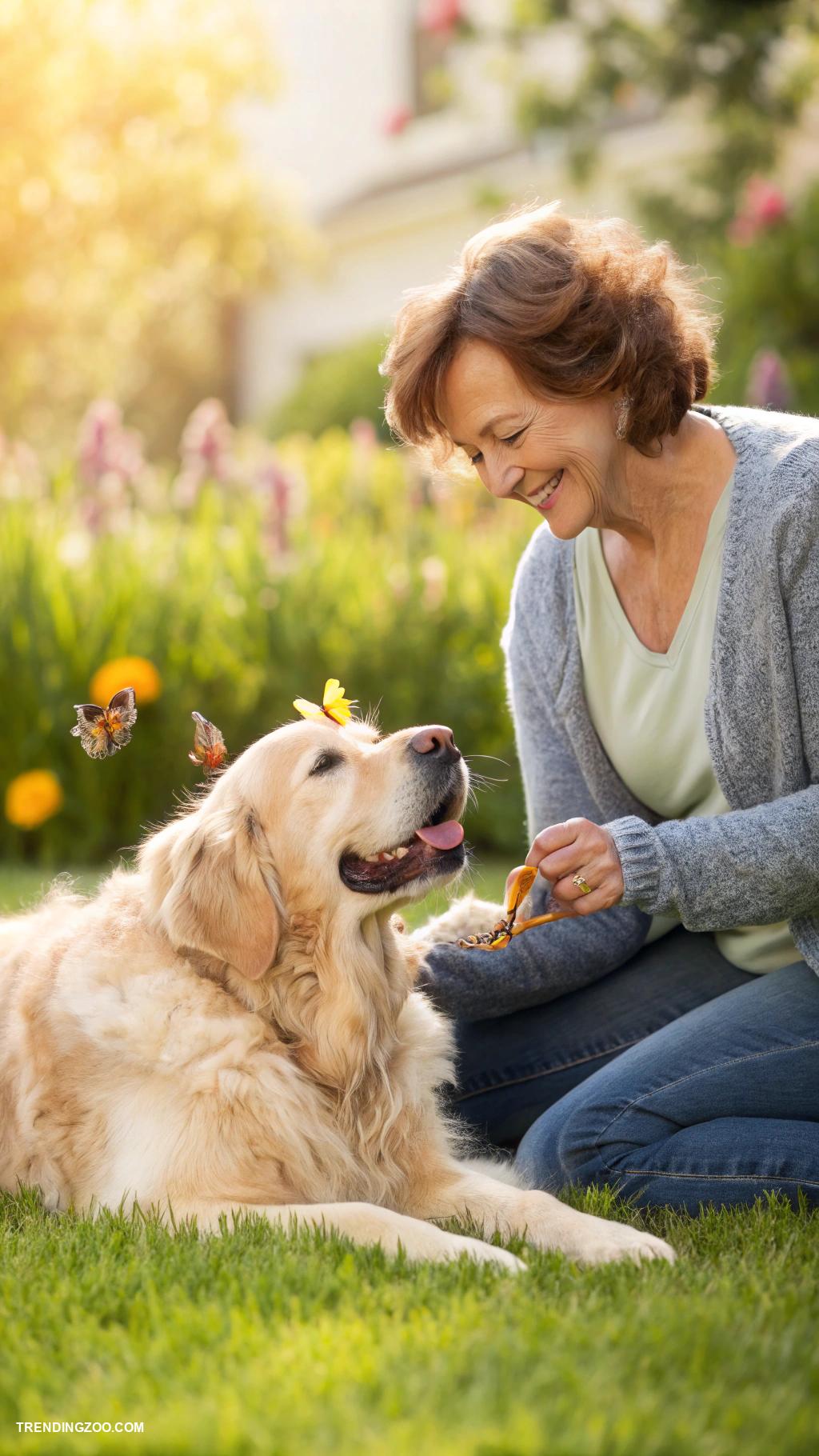As any dog owner can attest, the mere mention of fleas can strike fear into the hearts of even the most seasoned pet parents. Those pesky, jumping critters can bring a world of discomfort and distress to our beloved canine companions, not to mention the constant scratching, chewing, and biting that can lead to skin irritation, hair loss, and even infections.
But fear not, fellow dog lovers! With the plethora of flea remedies on the market, it’s easier than ever to keep those unwanted critters at bay and ensure our furry friends live happy, healthy lives. In this article, we’ll delve into the world of flea remedies for dogs, exploring the most effective and humane methods for keeping those fleas under control.
Understanding Fleas: Life Cycle and Effects on Dogs
Understanding the life cycle and effects of fleas on dogs is crucial in developing an effective flea remedy for canine companions. Fleas are external parasites that feed on the blood of mammals and birds, with dogs being their primary hosts.
The life cycle of a flea consists of four stages: egg, larva, pupa, and adult. Adult fleas lay eggs on their host, which hatch into larvae within 2-14 days. The larvae feed on flea dirt, a mixture of flea feces and digested blood, and then spin a cocoon to enter the pupal stage. The pupal stage can last from 2-4 weeks, during which the flea develops into an adult. Adult fleas emerge from the cocoon when they detect vibrations or heat, which is often triggered by the presence of a host.
Fleas can have a significant impact on a dog’s health and well-being. Adult fleas feed on a dog’s blood, which can cause anemia, particularly in young or malnourished dogs. Flea bites can also trigger allergic reactions, leading to intense itching, redness, and inflammation. In severe cases, flea bites can even cause skin infections and hair loss. Moreover, fleas can transmit diseases such as tapeworm
Common Symptoms of Flea Infestation in Dogs
As a responsible dog owner, it’s essential to be aware of the common symptoms of flea infestation in your furry friend. Fleas are notorious for causing discomfort, pain, and even serious health issues in dogs. Typically, the first signs of a flea infestation appear on the dog’s skin, where you may notice small, dark specks or tiny, moving dots.
These are actually the fleas themselves, which are often mistaken for dirt or debris. As the infestation progresses, you may observe excessive scratching, chewing, and licking by your dog, especially around the neck, tail, and belly areas. This intense grooming behavior is an attempt by the dog to alleviate the itching and discomfort caused by the flea bites. You may also notice hair loss, redness, and inflammation around the affected areas, which can lead to secondary skin infections if left untreated.
In severe cases, flea allergy dermatitis can develop, causing intense itching, leading to severe scratching and even skin lesions. If you suspect your dog has a flea infestation, it’s crucial to consult with a veterinarian to determine the best course of treatment and prevent further complications.
Natural Remedies for Flea Control
When it comes to flea control for dogs, many pet owners are looking for natural remedies that are gentle on their furry friends’ skin and the environment. One popular option is using essential oils, such as tea tree oil and lavender oil, which have natural insecticidal properties that can help repel fleas.
Another natural remedy is using diatomaceous earth, a non-toxic powder made from the fossilized remains of tiny aquatic organisms. When applied topically to the dog’s skin, diatomaceous earth can dehydrate and kill fleas, while also helping to soothe itchy skin.
Some pet owners swear by using apple cider vinegar as a natural flea repellent, by adding it to their dog’s bath water or mixing it with water and applying it to the dog’s coat. The acidity in the vinegar helps to disrupt the flea’s life cycle, preventing them from laying eggs and reducing the risk of infestation.
Finally, some natural flea control products contain ingredients like lemongrass oil, which has natural flea-repelling properties, and aloe vera, which soothes and moisturizes the skin. When used in combination with regular grooming and regular washing of bedding and toys, these natural remedies can be a powerful tool in the fight against fleas!
Over-the-Counter Flea Treatment Options
Over-the-counter flea treatment options for dogs are a popular choice among pet owners due to their convenience, affordability, and availability. These products can be found at most pet stores, pharmacies, and online retailers, and often come in various forms such as shampoos, sprays, powders, and topical treatments.
One of the most well-known over-the-counter flea treatments is Frontline Plus, which contains fipronil and permethrin to kill fleas and ticks on contact. Another popular option is Advantix, which not only kills fleas and ticks but also repels mosquitoes and other biting insects. Capstar is a fast-acting oral medication that starts working within 30 minutes to kill adult fleas, making it a great option for dogs that are already heavily infested.
Natural flea treatments such as diatomaceous earth and flea combs are also available, although their effectiveness may vary depending on the severity of the infestation. When selecting an over-the-counter flea treatment, it’s essential to consider factors such as your dog’s age, weight, and health status, as well as the severity of the infestation, to ensure you choose the most appropriate product for your pet.
Prescription Medications: When to Consult a Veterinarian
When it comes to managing flea infestations in dogs, it’s essential to consult with a veterinarian before administering any prescription medications. While over-the-counter flea remedies can be effective, they may not be suitable for all dogs, especially those with underlying health conditions or taking other medications. Prescription flea medications, on the other hand, are specifically designed to address flea infestations and can be tailored to an individual dog’s needs. For example, dogs with flea allergies or skin conditions may require a different approach than those with mild infestations.
Some prescription flea medications may interact with other medications your dog is taking, so it’s crucial to consult with a veterinarian before starting any new treatment. They can help you determine the best course of action, taking into account your dog’s age, health, and lifestyle. By consulting with a veterinarian, you can ensure that your dog receives the most effective and safe treatment for their flea infestation.
Preventative Measures to Keep Fleas at Bay
When it comes to keeping fleas at bay, preventative measures are essential in maintaining a healthy and comfortable environment for your furry friend. One of the most effective ways to prevent flea infestations is through regular grooming. This involves daily brushing of your dog’s coat, paying particular attention to areas where fleas tend to congregate such as the neck, tail, and belly. Regular grooming not only helps to remove fleas and their eggs, but also reduces the likelihood of skin irritation and allergic reactions.
Washing your dog’s bedding and toys regularly can help to eliminate any flea eggs or larvae that may be present. It’s also crucial to vacuum your home regularly, especially areas where your dog spends most of its time, as this can help to remove flea eggs and larvae from carpets and upholstered furniture.
Furthermore, using a flea comb can be an effective way to remove fleas and their eggs from your dog’s coat, and can also help to identify any potential flea infestations early on. By incorporating these preventative measures into your daily routine, you can significantly reduce the risk of flea infestations and keep your dog comfortable and healthy.
Maintaining a Flea-Free Environment at Home
Maintaining a flea-free environment at home is a crucial aspect of flea remedy for dogs. Fleas thrive in warm, humid environments with an abundance of food, which makes your home the perfect breeding ground for these pesky parasites. To prevent fleas from taking over your home, it’s essential to create an environment that is unwelcoming to them. Start by vacuuming your home regularly, especially in areas where your dog spends most of its time.
Use a vacuum cleaner with a HEPA filter to trap the fleas and their eggs, and dispose of the vacuum bag or empty the canister after each use to prevent the fleas from escaping. Wash your dog’s bedding, blankets, and any washable toys in hot water and dry them on high heat to kill any fleas and eggs that may be present.
Additionally, wash your own bedding and any clothing that may have come into contact with your dog in hot water and dry them on high heat to prevent the fleas from spreading to other areas of your home. You should also treat your carpets and upholstered furniture with a flea spray or powder that contains an insect growth regulator (IGR) to prevent flea eggs from hatching. Finally, consider using a dehumidifier in humid areas of your home to












